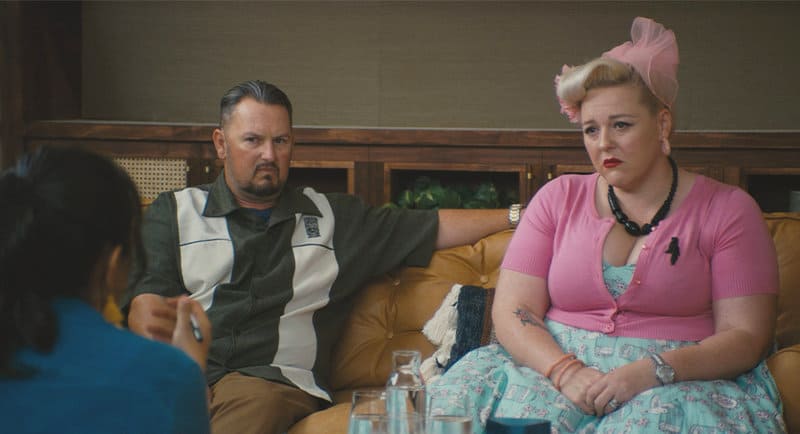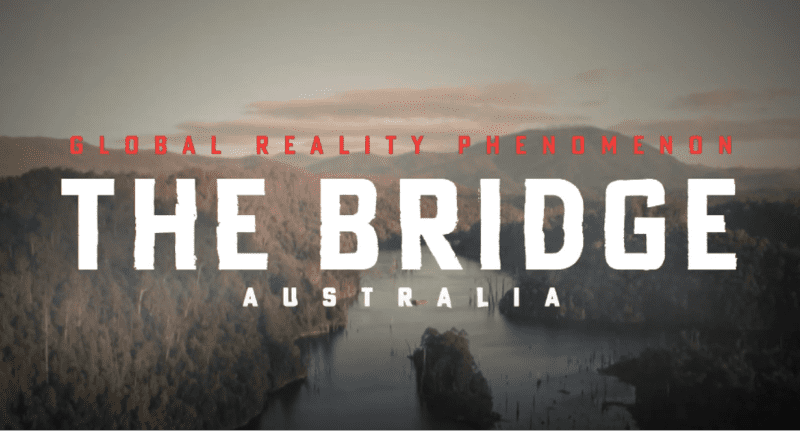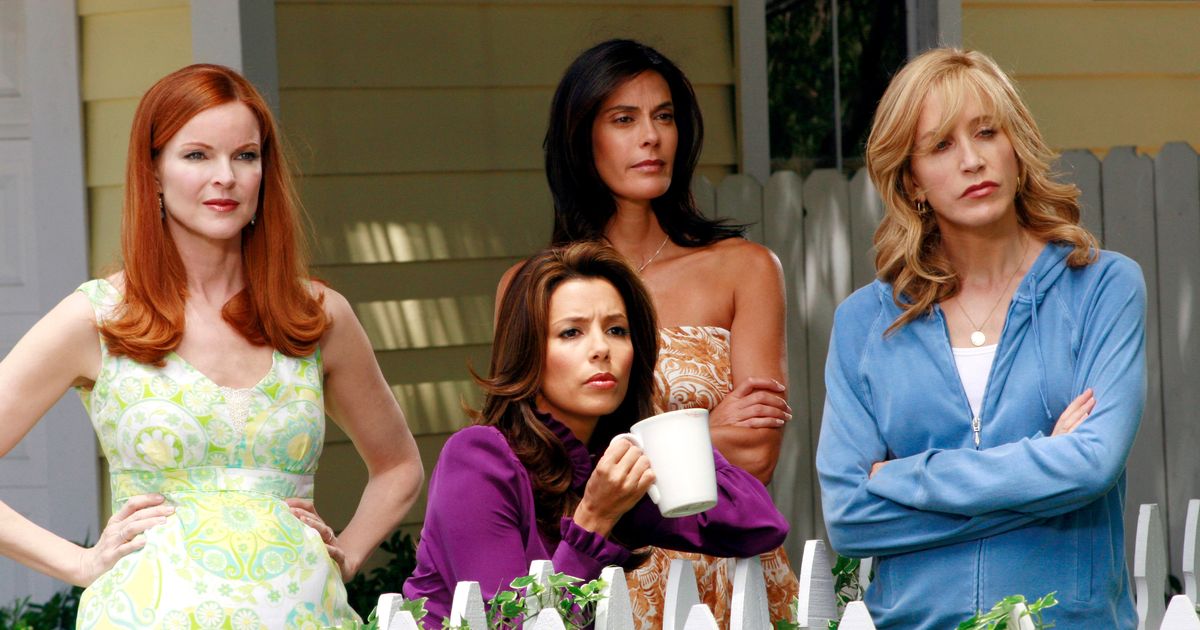Paramount+ will celebrate its one-year anniversary in Australia on Thursday, August 11. Over the last 12 months, the streaming platform has hosted 981 hours of Australian entertainment content, and 734 hours of Australian sport, and has seen 11 Australian commissions announced since its launch.
To reflect on the success and lessons of the Paramount+ launch, Mediaweek caught up with Beverley McGarvey, the executive vice president and chief content officer for Paramount ANZ.
“We had a really good first year,” said McGarvey. “We’ve had some of our local content perform well. Things like Five Bedrooms and the football has done really well. We’ve also had that great pipeline of content coming from the US such as 1883 and Halo, but also shows that perform really well such as South Park, Paw Patrol, and NCIS.
“People will come in and they’ll watch 1883 or Halo, and it’s a great 10 episodes but then they go into that content that has a lot of volume. We’ve also got a good movie slate that performs well. That mix of the locals, the international, sport, kids content, and the reality content means that it’s quite a full service. It’s not just high-end narrative content, or it’s not just kids, it’s a bit of everything.”
Balancing local and international content
Paramount+ has found success internationally with global subscribers growing to over 43M (which reflects the addition of 4.9M subscribers and the removal of 1.2M Russian subscribers). Paramount+ also captured the most sign-ups, gross and net subscriber additions of any premium domestic streaming service in the quarter according to Antenna’s June 2022 Report.
The international success of Paramount plus was led by content such as Halo, 1883, The Lost City, Sonic the Hedgehog 2, Jackass Forever, Star Trek: Strange New Worlds, and the UEFA Champions League.

When asked how Paramount ANZ balances the blend of local and international content on the Paramount+ platform, McGarvey said that it’s about ensuring that they offer a full service and provide something for audiences across the board.
“It’s about ensuring that we have local content that appeals to all audiences, and that it also complements what we get internationally. For example, Couples Therapy has just launched and The Bridge is coming. The next big drops from the big international narrative shows tend to come from September to October. It’s about making sure that we have something new and shiny all the time, whether it be local or international.”
See more: How Paramount+ balanced voyeurism and dignity on Couples Therapy Australia

When it comes to leveraging Channel 10’s presence in linear TV, and establishing Paramount+, McGarvey said that it is a delicate balance.
“We’ll do preview episodes on 10 which some people love, and they go and watch it on Paramount+. It really annoys some people because they want to watch it for free. We do promote Paramount+ to 10 audiences where it’s appropriate. Although, in the same way that you’ll see Stan advertising on 10, you’ll see Paramount+ advertising on Seven and Nine across the board. We do utilise the ecosystem of audiences that we have. We also go to a broader pool of people to pull them into Paramount+.”
When asked about the difference in designing content for linear TV and streaming services, McGarvey said that the real difference from an Australian linear point of view is that not many shows are a slow burn.
“You have a hit in your hands almost immediately, or you don’t. On streaming, you have the wonderful opportunity to grow. A great example of that is Yellow Jackets, which launched around the same time as Dexter: New blood and 1883. There was a lot of heavy traffic around and it took people a while to find that show. It doesn’t matter in streaming, whereas in linear you have got to come out of the gate swinging.”
The rise of non-scripted content on Paramount+
The local content from Paramount+ has featured a higher percentage of non-scripted content than its local streaming competition, with programs such as Couples Therapy and The Bridge. When asked about this strategy McGarvey said that it is a growing trend in streaming and while shows like Couples Therapy and The Bridge seem like broadcast shows, they are a different product to what would be on Channel 10.
“If you look at international streamers they are starting to do non-scripted content, Netflix has quite a lot of non-scripted content as do some of the others. Couples Therapy is a Showtime brand, so it is what we call prestige reality. Couples Therapy and The Bridge could nearly be on 10, but not quite. With Couples Therapy, unlike the big constructed reality shows where there’s a very clear ending, where they stay together, they don’t stay together, you win a prize, you don’t win a prize – there is none of that. In Couples Therapy, people have a conversation, and it’s a real conversation. They make choices or don’t at the end of it. It is more observational documentary style. There’s no prize for staying together in the end, it’s more just a slice of life, and the pace is very different. On the linear 7:30pm big reality shows there are very much set beats that the audience enjoys.

“The Bridge could probably have been on 10 at a certain moment in time, but we have made it for streaming. The pace is different, the casting is probably slightly different, and the storytelling is a little bit different. There are fewer of those constructed reality beats, whereas Survivor has a very strong rhythm, which the audience love. It doesn’t have that rhythm, it is slightly more organic. It’s also a much shorter run. We think that Australian audiences have an appetite for that constructed reality content and for a lot of people streaming is full service now, and they expect everything on the streaming service.”

Managing all of Paramount ANZ
At Paramount ANZ, McGarvey has a huge remit as Channel 10, Paramount+, and 10 Play all fall under her umbrella – as opposed to having Paramount+ operating as its own independent company like Stan, which is part of Nine Entertainment Co. When asked if this is the long-term plan for Paramount ANZ, McGarvey said that when the team works cohesively for their audience and customers, they get a better outcome.
“We get really good utility out of our shows and that allows us to invest more. We run a very collaborative business in Australia. We also have the benefit of having a fantastic Paramount+ central team that provide us with great content and key marketing assets such as the Paramount+ brand. We have those bespoke specialists locally, and in the central team globally. We also have people who really understand the local nuance of the market. We’ve tried to structure the business to get the best out of both of those things. We like to use the skill sets that we have so that people can work across multiple brands.”
The Future of content at Paramount ANZ
As discussed in Mediaweek last month, there was a time when major US dramas like Lost, Desperate House Wives, and Grey’s Anatomy dominated linear TV. When asked if she thinks that era is over, McGarvey said that she thinks it is.
“The international content probably sits on streaming now. 10 years ago NCIS was doing 1.7 million and I remember Greys Anatomy’s, Lost, and Desperate Housewives, those shows were over 2 million. I don’t see that happening free-to-air again, but whatever those shows look like now, they can be great hits on streaming.”

Still, on linear TV, 10 has been leading the way this year in new commissions with Hunted being the most successful new launch for the channel. 10 still has a series of new series coming up in The Real Love Boat, Traitors, and The Challenge. When asked about balancing new commissions and returning shows, McGarvey said that it is critical to get the balance right.
“If you think of your own viewing at 9:30 or 10 o’clock, you will watch what you want to watch. I don’t tell you what to watch by sticking it on the schedule anymore, you go and find it. That allows you to do things differently. The big constructed reality shows in their early years probably air regularly. We announced that we are doing Hunted again, but once they get more mature in their lifecycle, do they need to have a rest or do they need to get mixed up? Also, from an investment point of view, if you’re resting that show, it allows you to invest in a different kind of show. The model kind of changes, but that’s good because that means it’s never boring.
“Our audience is telling us they want things to be mixed up, we’re not ready to talk about it yet, but we will have an upfront later this year and we are putting up a pretty innovative schedule next year.”

One major change that has come to 10’s content slate is the cancellation of Neighbours which ended after 37 years and over 100 kidnapping and hostage situations, 35 natural disasters, 115 car accidents, 64 deaths, 40 weddings, 17 births, and around 15 characters returning from the dead in 8903 episodes. When asked if she thought it was realistic to ever commission a show of the scale again, McGarvey said that it would probably look different in today’s ecosystem.
“Does a 265-episode order of a scripted show make sense these days? I think that’s pretty challenging, but does it evolve and look like something else? In a new world? Possibly.”
